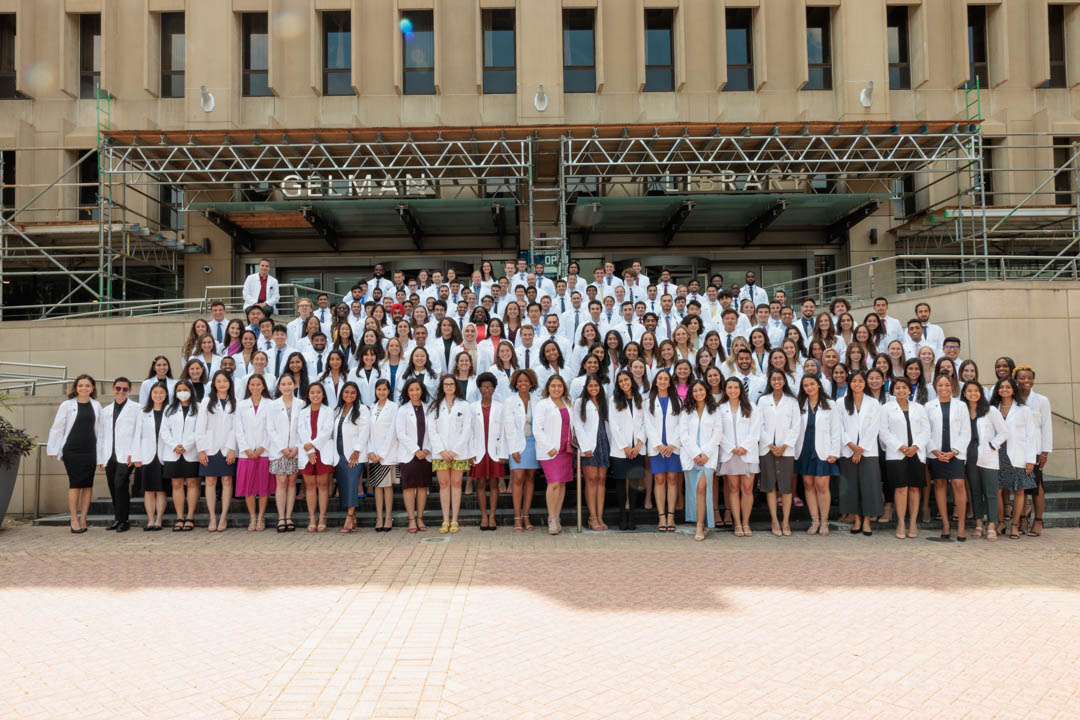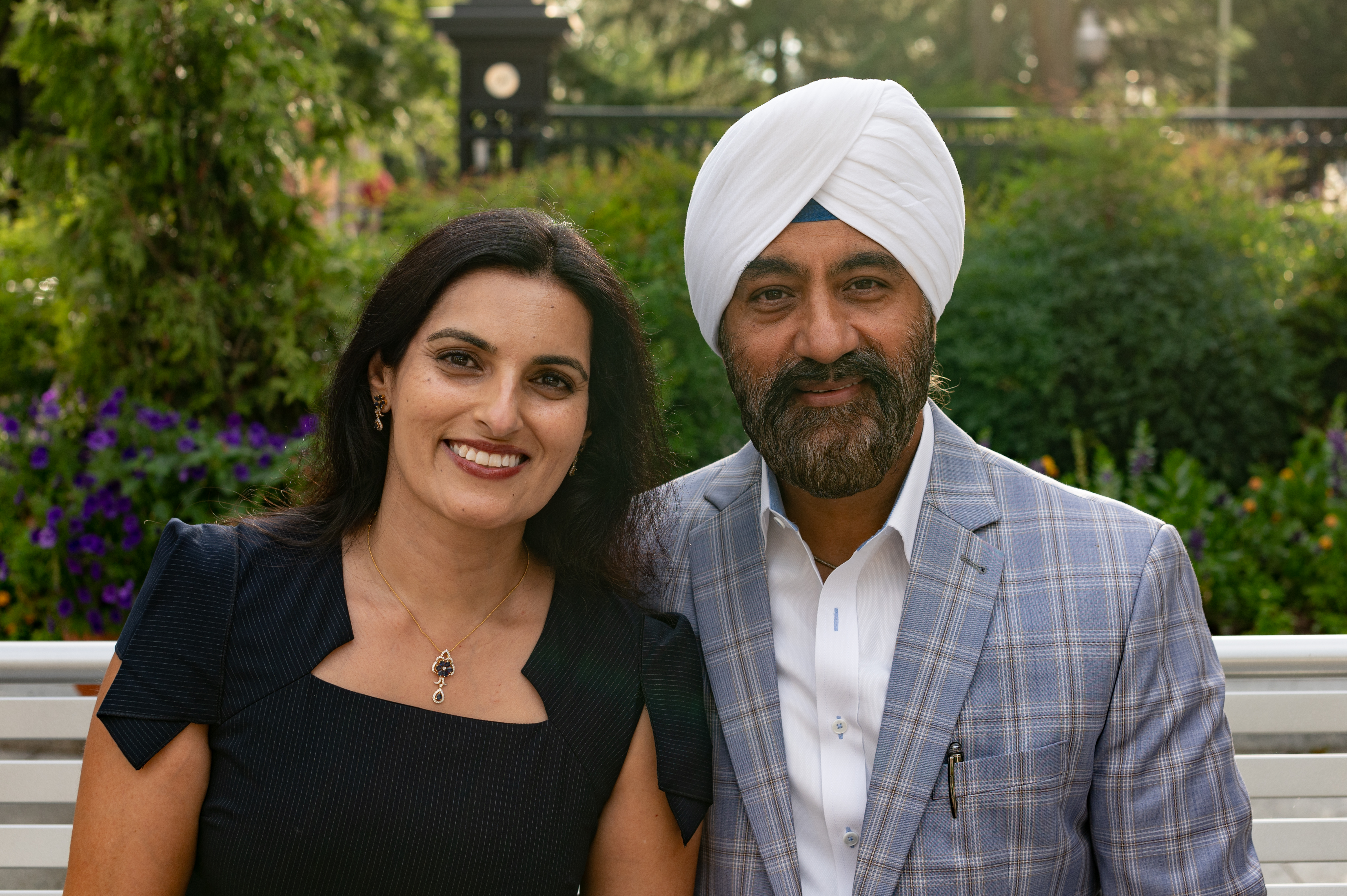The George Washington University (GW) School of Medicine and Health Sciences (SMHS) and LifeBridge Health have signed an agreement to establish a new Regional Medical Campus (RMC) for the school’s medical doctor program.
The new RMC will be based at Sinai Hospital of Baltimore and home to a cohort of third- and fourth-year medical students who have opted to spend their clinical years there. The new campus will provide GW medical students the opportunity to train in a community-focused health system with strong emphasis on primary and continuity care in a population health environment. Relationships developed during their clinical training as students may lead to continued training in LifeBridge Health graduate medical education programs or as future as LifeBridge Health physicians.
LifeBridge Health is ready to receive a first cohort of third year students in the Spring of 2023.
“This is an exciting new chapter for the GW SMHS MD program – and we are thrilled to partner with LifeBridge Health to expand our presence outside of D.C. and to establish guaranteed access for clinical training of a cohort of our students in an environment that is different than the main campus experience and complementary to the clinical public health focus of the SMHS curriculum,” said SMHS Dean Barbara L. Bass, who is also professor of surgery, Bloedorn Chair of Administrative Medicine, vice president for health affairs and CEO of The GW Medical Faculty Associates.
“We have used Sinai Hospital as a clinical rotation site for several years,” Bass said. “Our students have received excellent clinical training, and they have highly rated their educational experiences. The new RMC will establish a long-term relationship between GW and LifeBridge Health and we hope will foster additional strategic partnerships, research collaborations and training opportunities for other GW learners.”
According to the American Association of Medical Colleges, a Regional Medical Campus is a distinct and separate location from the central campus of a medical school where students spend one or more years of their training. This new campus will enable a cohort of up to 30 third-year and 30 fourth-year GW medical students to complete the first two years of didactic classroom education in Washington, D.C., at GW’s Foggy Bottom campus, followed by a full year of clerkships during the third year and specialty electives during the fourth year at Sinai Hospital and the LifeBridge Health system sites.
“At LifeBridge Health, these medical students will be able to take advantage of cutting-edge innovation and unique learning experiences that we can offer within our multi-faceted, community-focused health system,” said Neil Meltzer, president and CEO, LifeBridge Health. “We look forward to welcoming the first cohort of GW students to LifeBridge Health and broadening the relationship that we have with the George Washington University School of Medicine and Health Sciences.”
The Regional Medical Campus will be accredited by the Liaison Committee on Medical Education through the accreditation of the medical doctor program at the main SMHS campus. Additionally, formal administrative and educational linkages to the main campus will remain intact and students will continue to have access to all resources on the Foggy Bottom campus. Teaching faculty within the GW SMHS Regional Medical Campus at LifeBridge Health will receive faculty appointments at SMHS.
“LifeBridge Health, and particularly Sinai Hospital, has a proud history in medical education with dozens of medical residents actively working and training here each year,” said Matthew Poffenroth, senior vice president, chief physician executive, LifeBridge Health, and president, LifeBridge Health Medical Group. “With the Regional Medical Campus, we are eager to build on that academic foundation with a committed academic partner and leverage the benefits of a teaching environment, such as an enhanced environment of innovation and collaboration, to allow us to bring more cutting-edge research and other offerings to benefit our patients and our communities.”





